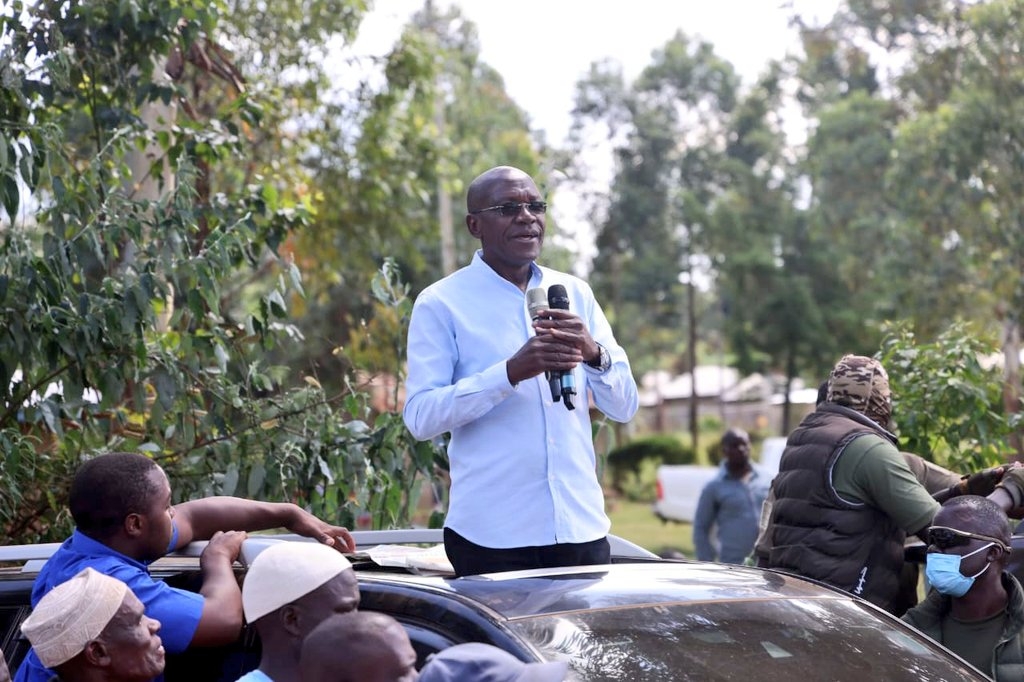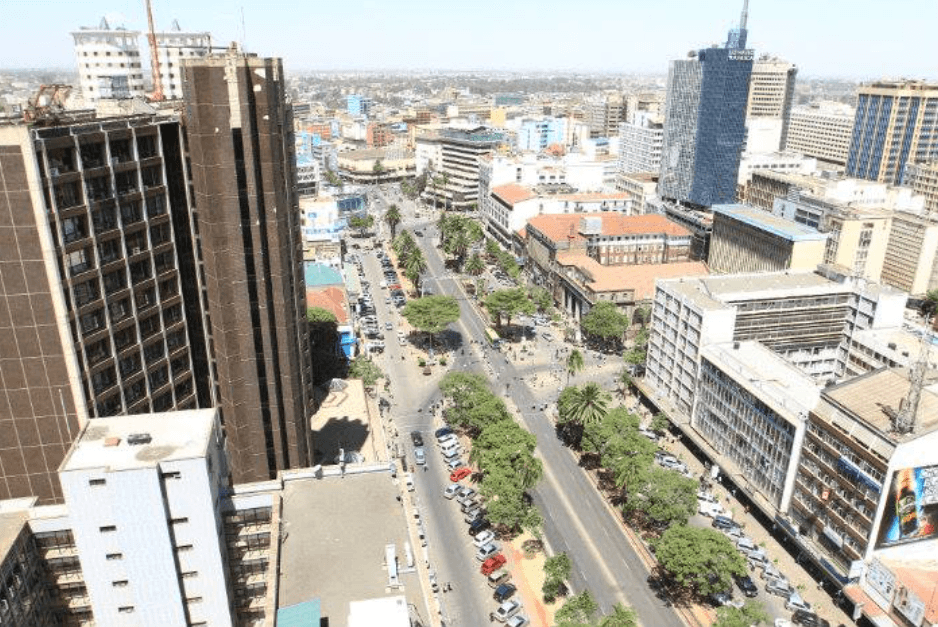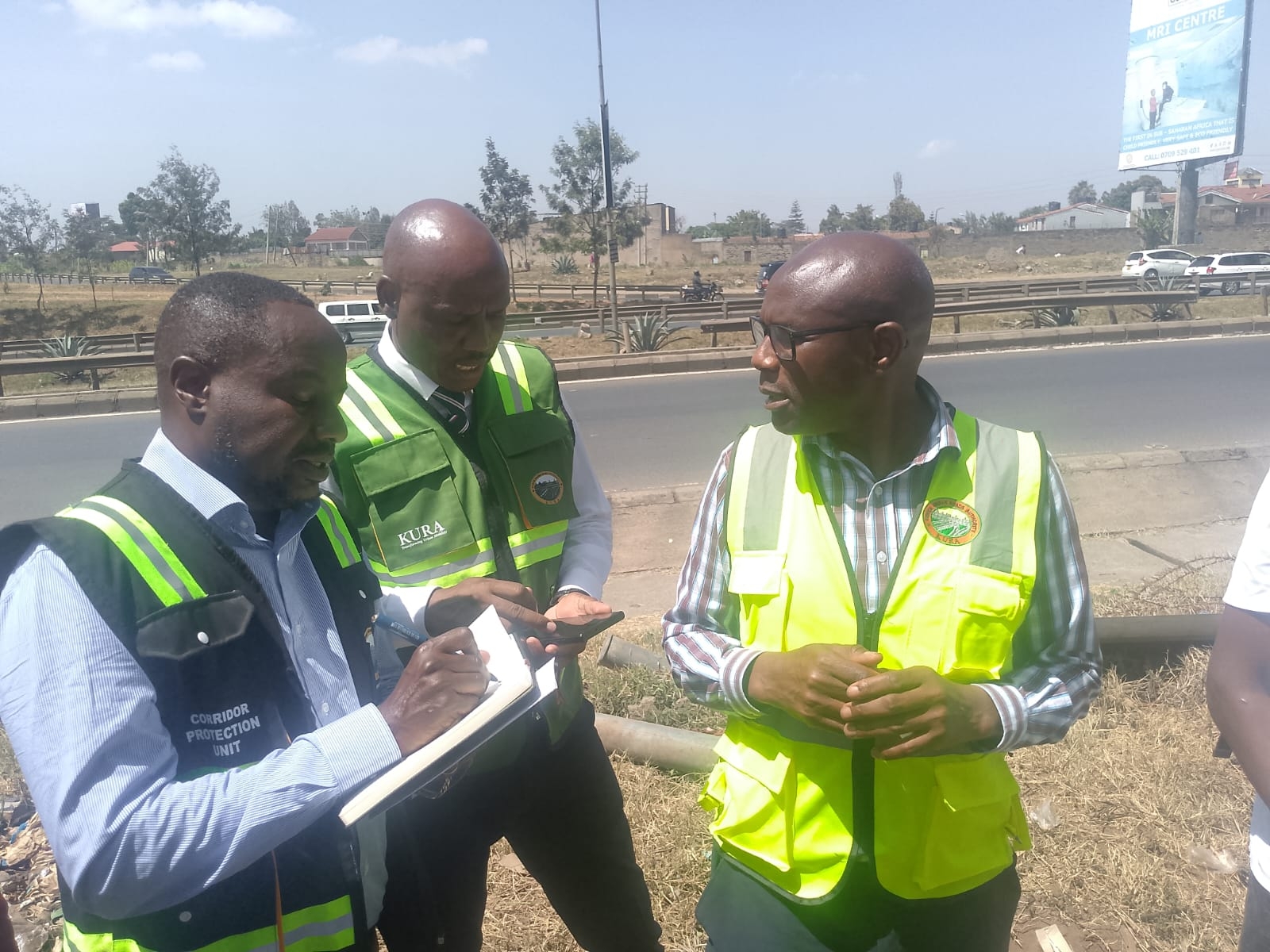Health officials are alarmed by an extremely high HIV prevalence of up to 18 times among sex workers and gay men compared to the general population in some counties.
After reviewing health data, the officials said this is the pattern of the epidemic in 24 counties.
For instance, in Garissa, whose general population prevalence is 0.17 per cent, at least 18 per cent of the female sex workers (FSW) and 10.6 per cent of men, who have sex with men (MSM), are living with HIV.
The situation is similar in Wajir (0.16 per cent general prevalence), where 18.8 per cent of FSW and 9.9 per cent of MSM have HIV.
Kiambu county, with 2.27 per cent general HIV prevalence, has a prevalence of 19.5 per cent among FSW and 18.6 per cent among MSM.
In Nairobi (4.3 per cent general population prevalence), at least 23 per cent of FSW and 28 per cent of MSM have HIV.
The researchers compiled the figures from the 2021 routine programme monitoring data. Their goal was to understand the epidemic and transmission dynamics at subnational level.
This would help them provide response targeting specific populations.
Other counties with a similar trend include Baringo, Bomet, Elgeyo Marakwet, Tana River, Isiolo, Laikipia, Lamu, Machakos, Makueni, Mandera, Marsabit, Trans Nzoia and Uasin Gishu.
“Twenty-four counties were grouped into the concentrated epidemic type due to their low prevalence in the general population, high prevalence in key populations and relatively higher density of female sex workers and men who have sex with men populations,” the researchers have said in their report, published on July 10.
A concentrated HIV epidemic is one where HIV has spread rapidly in one or more defined subpopulations but is not well-established in the general population.
The authors include Dr Ruth Masha, the head of the National Syndemic Diseases Control Council (NSDCC) and researchers from the National Aids and STI Control Programme (Nascop).
Others are from the Global Fund, Partners for Health and Development in Africa and the Institute for Global Public Health, University of Manitoba, Canada.
“Four counties reflected a generalised epidemic,” the report said.
A generalised epidemic is one where most new infections are from heterosexual contact in the general population.
According to UNAids, in a concentrated epidemic there is still the opportunity to focus on HIV prevention, treatment, care and support efforts on most affected populations, while recognising that no subpopulation is fully self-contained.
The remaining 19 counties were classified as having mixed epidemics.
“Gaps in programmes were identified and counties where these gaps need to be addressed were also prioritised,” the report says.
It is titled, 'A sub-national HIV epidemic appraisal in Kenya: a new approach for identifying priority geographies, populations and programmes for optimising coverage for HIV prevention' and was published in the Journal of the International Aids Society.
The researchers concluded a one-size-fits-all response to HIV cannot work in Kenya.
“Prioritisation of programmes based not only on disease burden and epidemic typology, but also on the prevailing gaps in coverage for reducing inequities is a key aspect of this appraisal,” they said.
The officials said they are implementing a mix of prevention strategies according to the epidemic typology of each county.
For instance, in October−December 2021, the key population programmes reached 91 per cent of the 197,096 estimated FSW and all the estimated 61,650 MSM and 83 per cent of the estimated 27,056 persons who inject drugs (PWID).
“The contact coverage for all three key population programmes is the lowest among the 24 counties with concentrated epidemic,” they said.
However, they said it is “most likely that the MSM population in Kenya is underestimated.”















